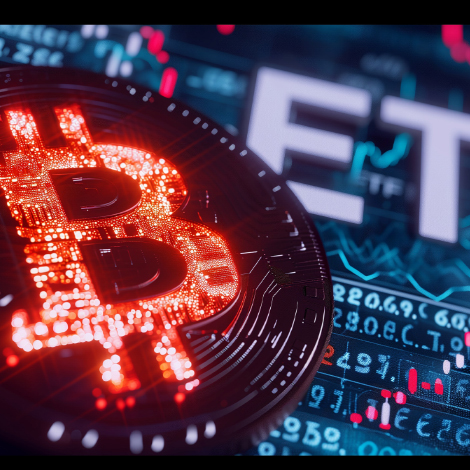Takahide Kiuchi's View - Insight into World Economic Trends :
Potential of Dynamic Pricing
#Takahide Kiuchi
#Market Analysis
Apr. 15, 2019
The use of dynamic pricing using AI technology is becoming increasingly widespread. Dynamic pricing is a practice in which consumer demand is forecasted using big data such as weather, scheduled events and changes in personal preferences, and prices automatically change based on the changing circumstances.
Dynamic pricing offers benefits to both companies and consumers
The use of dynamic pricing, which first started in the US sports industry, has been gradually increasing in Japan in professional baseball, soccer, and theme parks. Unlike goods, the unsold entry tickets for these areas cannot be held as stock and sold later. Any shortfall in visitors directly reduces sales and puts pressure on corporate earnings. Therefore, AI is used to automatically change the prices and ensure that they are low during the off-season.
The introduction of dynamic pricing by Universal Studio Japan (USJ) this year became a major subject of discussion. During the off-season in January, the price of the one-day entry ticket (adults aged 12 years or more) was reduced from the usual amount of 7,900 JPY to 7,400 JPY. Conversely, the price was raised to 8,200 JPY between February 1 - March 22 on the occasion of Chinese New Year and to 8,700 JPY between March 23 - 31 during the spring holidays, when people visit in large numbers. This way, different prices were set at different points of time.
Companies tend to set incorrect prices because they do not have enough information about ever-changing consumer demand. This leads to either excessive inventory or conversely, shortages in goods, which is detrimental to both the companies as well as the consumers. In this regard, dynamic pricing can be understood as a framework that uses AI technology to capture changes in the demand curve in real-time and flexibly vary the prices, thereby creating a win-win relationship for both companies and consumers.
What are the possibilities of "one product, multiple prices"?
In general, the intersection of the aggregate demand curve, which is the sum of the demand curves of individual consumers, and the aggregate supply curve, which is the sum of supply curves of individual companies, determines the price and supply of a product. In this way, if “one product, one price” policy is established, some consumers may feel that the actual price is lower than what they think they would pay for the item. The benefit for the consumer is only the increased sense of discount, which results in the so-called "consumer surplus".
Until now, we have looked at the behavior of companies in varying their selling prices from time to time, but at a certain point of time, it is also possible for them to charge different prices to different consumers. In this case, rather than the principle of "one product, one price", it is "one product, multiple prices" that prevails.
If companies use some means to understand the preferences or demand curves of individual consumers, they can present different prices to different consumers. They can charge higher prices to consumers who would be prepared to buy the product even if they have to pay more than the current price. As a result, consumer surplus shrinks, and companies generate greater profits.
Discussion on appropriate regulations
Is it possible for companies to understand the preferences of individual consumers? Although it seems difficult, it can be understood to some extent through various online services.
For example, AI can infer individual preferences for a product from consumers’ online search history and posts on social media. Based on this, the price presented to individual consumers is the maximum price that they seem to be interested in paying. For example, if a consumer often browses a website for a product, the AI determines that he or she is strongly interested in purchasing the product and presents a higher price. Since the prices are presented to consumers individually through the internet, they cannot know the prices presented to other consumers. This is what we call individualization of prices.
Online services are offered inexpensively or at no charge, creating a large consumer surplus. However, if these services are used to individualize prices, the consumer surplus will shrink by that amount, resulting in a huge amount of revenue for the companies.
Dynamic pricing should be managed in such a way that it is beneficial to both consumers and businesses without significantly reducing consumer surplus. In order to do so, discussions regarding appropriate regulations will also begin in Japan in the near future.







